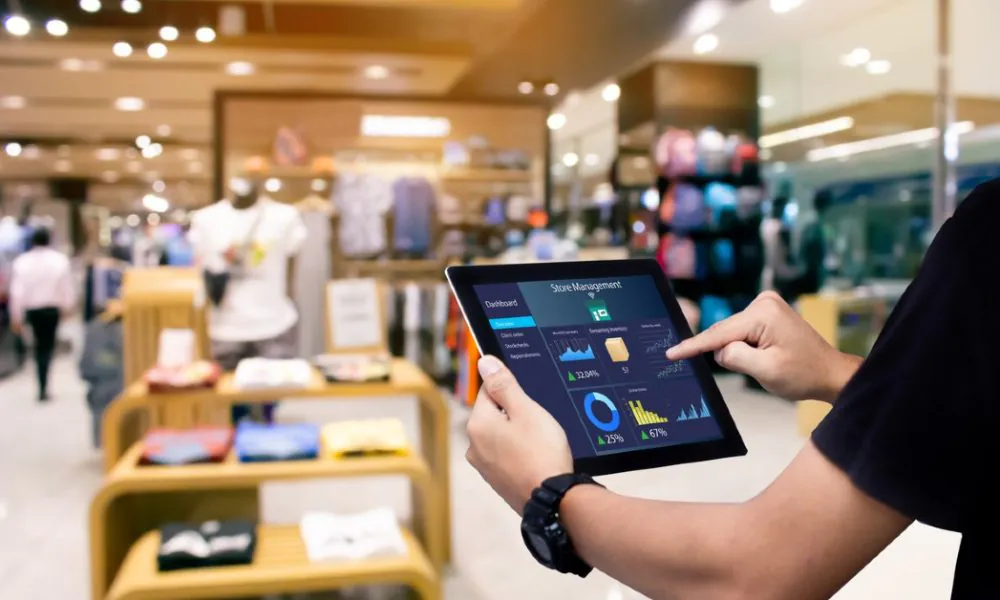Data isn’t just for e-commerce anymore. For physical retail stores, analytics has become a game-changer that unlocks new ways to boost revenue and optimize operations. By leveraging data, retailers can gain deeper insights into customer behavior, fine-tune inventory management, and deliver personalized shopping experiences. It’s not about guessing what works, it’s about knowing what works.
Here are five effective ways to use analytics to drive more in-store revenue and take your retail business to the next level.
1. Track Customer Behavior
Customer behavior analytics help you understand how shoppers interact with your store. Tools like Wi-Fi tracking, heatmaps, and point-of-sale (POS) systems can show you where customers spend the most time, what products they engage with, and where bottlenecks occur.
For example, heat maps can reveal high-traffic areas in your store. By placing best-sellers or new arrivals in these zones, you increase the chance of conversions. In addition, knowing how long customers linger in specific sections can guide decisions about display placement or shelf organization.
2. Optimize Inventory Management
Poor inventory management, whether it’s overstocking or understocking, can directly impact your bottom line. Analytics tools can help you predict demand more accurately by analyzing previous sales data, seasonal spikes, and product performance.
For instance, if data indicates that a specific product sells faster during the holidays, you can prepare by ordering additional stock well in advance. Similarly, analytics can highlight slow-moving items, allowing you to adjust pricing or run timely promotions to offload excess inventory.
By aligning inventory levels with customer demand, you reduce waste and improve cash flow while ensuring that shelves stay stocked with what customers want.
3. Personalize Promotions
Personalized promotions take customer engagement to the next level. Analytics can segment your audience based on purchase history, preferences, or shopping patterns. With this information, you can create targeted offers that feel tailor-made for each customer.
For example, if a frequent shopper often buys athletic apparel, sending them a promotion for new arrivals or discounts in that category can boost the likelihood of a purchase. Integrating these insights into loyalty programs or in-store apps ensures an even more seamless connection with the customer.

4. Analyze Sales Trends
Understanding sales trends is crucial to stay competitive. Analytics tools can illuminate which products are consistently top sellers, which promotions have been most effective, and how external factors like weather or economic changes influence revenue.
For instance, if statistics show that sales spike on weekends, you could plan special in-store events or extend shopping hours. By continually reviewing sales data, you can stay agile in your strategy, capitalizing on what’s working and quickly adjusting what isn’t.
5. Improve Staff Performance
Your staff plays a pivotal role in driving revenue, and analytics can help maximize their impact. For example, by analyzing POS data, you can identify peak shopping hours and ensure that staff scheduling aligns with customer traffic.
Employee performance analytics can also reveal which team members excel in sales or customer interactions. With this information, you can provide targeted training or adjust responsibilities to match individual strengths.
Conclusion
Analytics isn’t just about crunching numbers; it’s about making informed decisions that drive results. By tracking customer behavior, optimizing inventory, personalizing promotions, analyzing sales trends, and empowering staff, you can unlock new opportunities to maximize in-store revenue.
Retail success is no longer about guesswork. With analytics as your guide, you can create a data-driven strategy that ensures your store thrives in an increasingly competitive market.

